‘Black Bird’ Creates Uneasy Truths Through Performance, Pace, and Sound
- Oops!Something went wrong.Please try again later.
Curated by the IndieWire Crafts team, Craft Considerations is a platform for filmmakers to talk about recent work we believe is worthy of awards consideration. In partnership with Apple TV+, for this edition, we look at how the editing, cinematography, and sound created the pulsing drama “Black Bird.”
Adapted from the book “In with the Devil” by James Keene and Hillel Levin, the Apple TV+ limited series “Black Bird” shines a disturbing light on murderer, rapist, and suspected serial killer Larry Hall, who preyed on girls and women during the 1980s and ‘90s. Show creator Dennis Lehane (“Gone Baby Gone”) unravels the story, based on actual events, through a gripping, character-driven six episodes that redefine the psychological crime thriller genre.
More from IndieWire
The narrative examines the male psyche through the eyes of Hall (Paul Walter Hauser) and Jimmy Keene (Taron Egerton), a high school football star turned con serving 10 years without parole until he’s offered a commuted sentence if he can get Hall to confess to his alleged crimes. In creating the visual and sonic language, the artisans of “Black Bird” captured the psychological ramifications of violent behavior with a sharp, deliberate pace that authentically probes the complexities of toxic masculinity and the possibilities of human change.
In the videos below, editors Rob Bonz and Jonathan Alberts, cinematographer Natalie Kingston, and sound editors Onnalee Blank and Branden Spencer discuss their approach to the unnerving storyline and how they cultivated male impulses through frame and sound without overstepping the unwavering performances.
The Editing of “Black Bird”
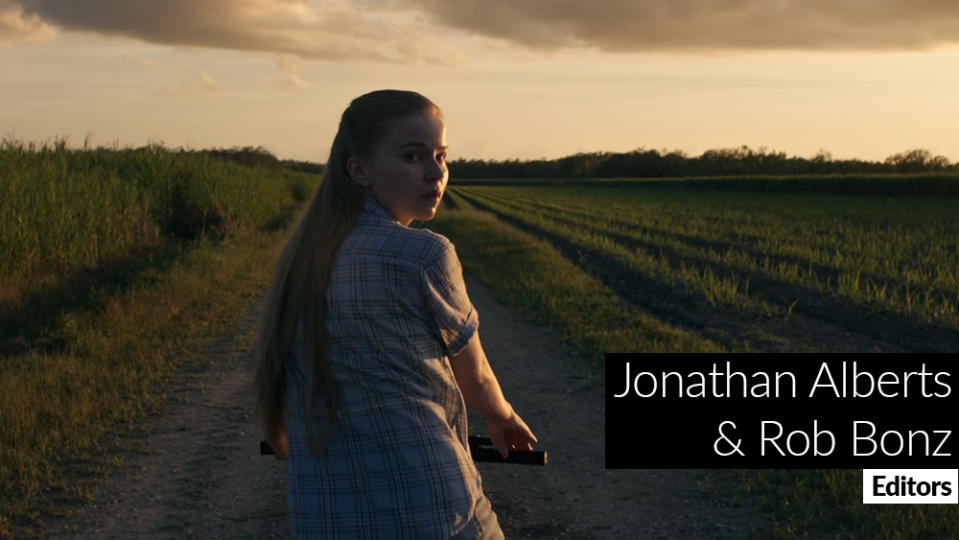
The task of cutting “Black Bird” rested on editors Rob Bonz (episodes 1, 3, 5) and Jonathan Alberts (episodes 2, 4, 6). In building rapport between Jimmy Keene (Taron Egerton) and Larry Hall (Paul Walter Hauser), the editors spoke often about how to compress and expand moments between them and when to remove dialogue. “Oftentimes, just even the look the characters are giving each other afforded us a lot of opportunity to play around and freedom to experiment,” Alberts told IndieWire. The subtext in each scene became a guiding light for the editors to let the physical performance, at times, outweigh the spoken word. “There’s a lot of peaks and valleys and those aren’t always scripted. And you decide as an editor what are we building into, what are we coming down from. So when I’m cutting, I am always directed by, first of all, the emotion, and then second of all story,” Alberts said. This made editing particularly challenging as scenes could be constructed in a number of ways. In mining Jimmy’s throughline, the editors focused on his “lost and pretty fragile” behavior, finding ways to manipulate the power dynamic while Jimmy interacts with other characters, including a scene with the therapist played by Melanie Nicholls-King in the video above.
Psychological threads were another key ingredient to the cut, especially as Larry reveals his true self in a pressure-cooker moment with detective Brian Miller (Greg Kinnear). “As it all comes forward, it was really about how to build and how to reveal,” said Bonz. “I like what Greg was giving us there in the way he is clocking Larry as he starts to realize what he’s got. And then the others [are] reacting to that because they are, in this way, complicit. But the way Larry was using his physicality to create these moments, to me, was something that was a really interesting hook.” Hear more about how Bonz and Alberts subtly pieced together the performances and how music played its role in delivering emotion in the video above.
The Cinematography of ‘Black Bird’
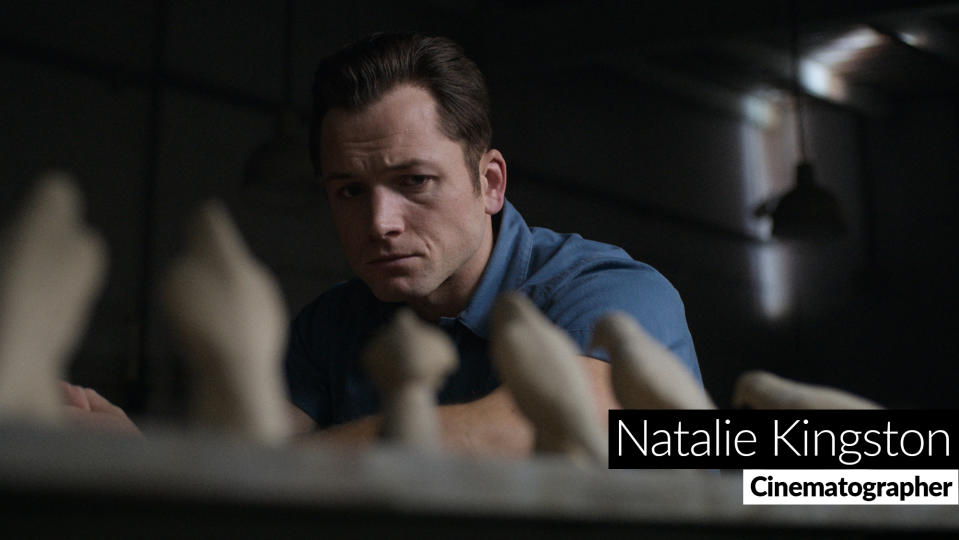
Being able to lens all six episodes allowed cinematographer Natalie Kingston the opportunity to thread visual motifs throughout “Black Bird.” The nuanced approach created a subtle, sullen tone that deepened the performances and unsettling storyline. “I’m always attracted to darker material, and especially when something is exploring the human psyche and the human condition,” Kingston told IndieWire. Inspiration for the visual language, in part, came from Gordon Parks’ 1957 photo essay “The Atmosphere of Crime,” with its pastel colors and expressive, natural lighting. In framing the “uncomfortable, tense” series, Kingston explored the “depth of toxic masculinity,” capturing intimate close-ups with ARRI’s large-format camera the Alexa Mini LF and Panavision H spherical lenses for their vintage, creamy aesthetics. “So much of the show is centered around this disturbingly interesting relationship between the main characters Jimmy Keene and Larry Hall,” the cinematographer said. “And one of the ways to create and maintain that tension is to really keep the camera physically inside that conversation so the audience would really feel like they weren’t able to escape.”
One of those inescapable moments arrives in Episode 5, “The Place I Lie,” when Larry gruesomely details to Jimmy how he raped and murdered one of his victims. Kingston choreographed the camera movement and lighting cues to unify Larry’s disturbing admission. “The idea was as Larry is getting deeper into this confession, the camera slowly pushes in over a minute and a half, close to two minutes, and the lighting is gradually getting darker as if a cloud is moving in and it’s starting to rain,” she said.
The challenge behind the distressing moment was timing Larry’s monologue to the actions of the behind-the-scenes crew. Every moving part — camera, focus, dolly, lighting, special effects — had to perfectly align in order to subconsciously pull the audience into the story. Adding subtext to the dark scene is one of Kingston’s visual motifs; a sliver of light behind Jimmy represents “hope and the light on the other side.” As you’ll see in the video above, the indirect lighting cue is meant to symbolize Jimmy’s determination to become a better person, no matter the stakes.
The Sound of “Black Bird”
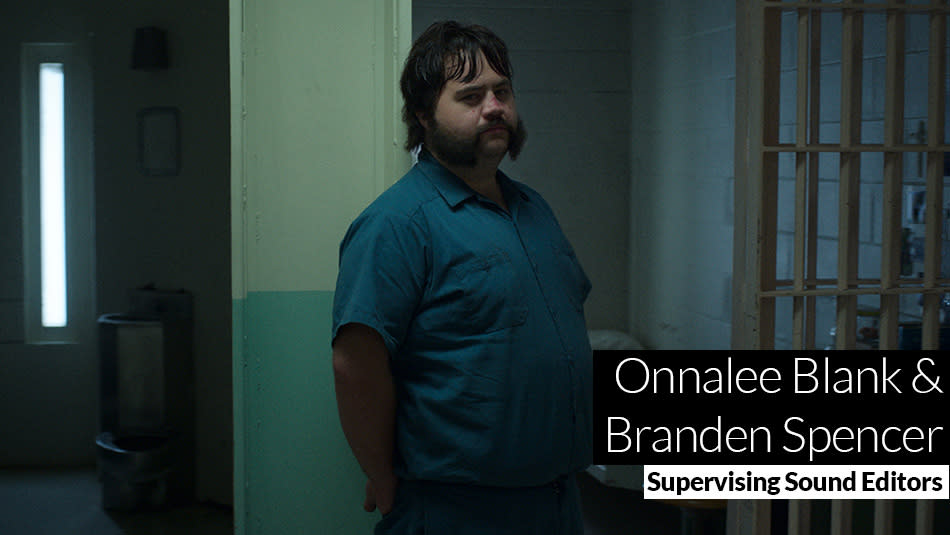
The aural landscape of “Black Bird” could go unnoticed because of the mesmerizing onscreen performances. However, simmering underneath is a sonic story rife with authentic realism and gritty detail. Supervising sound editors Onnalee Blank and Branden Spencer explored the demands of the soundscape with a quiet, soft touch. “You don’t want to get in the way of Larry. He’s riveting to watch,” Spencer said. Sound supported performance through ambiance, Foley, crowd noise and a myriad of effects to establish a multifaceted track that emotionally resonates, especially moments inside the prison. “A lot of these high-security prisons aren’t as loud as one would think,” said Blank. “So, how can we make it scarier without being cheesy? And so, room tones are heavier, the music is a little sparser, the dialogue has a little bit more reverb on it.” Attention was paid to breathing, in particular, and scenes between Jimmy and Larry were seasoned with effects, adding an unconscious flavor to the sound palette. “We can actually hear the Foley and feel his body movements. It’s not necessarily like the audience notices all those,” said Blank. “They are just engulfed in the scene.”
When sound flexes its muscles — as in the prison riot sequence in “WhatsHerName” — it broadens the scope with intensity. “It was really fun recording the group on that because we could get really loud and crazy and say ridiculous things,” noted Blank. “We tried to be very staccato and hit the cuts and also be really specific to the scene without it being over the top.” The score from composer Mogwai provided ways for sound to stir the emotional beats while needle drops from Soundgarden, Nine Inch Nails, and Crash Test Dummies spoke to the ‘90s setting. “Dennis [Lehane] had a lot of faith in what we do and he trusted in us,” said Spencer. “With the ‘90s music, he definitely wanted to heavily hand it off, but the prison scenes and environments, we wanted it natural and real to let the performances deliver.”
READ MORE CRAFT CONSIDERATIONS
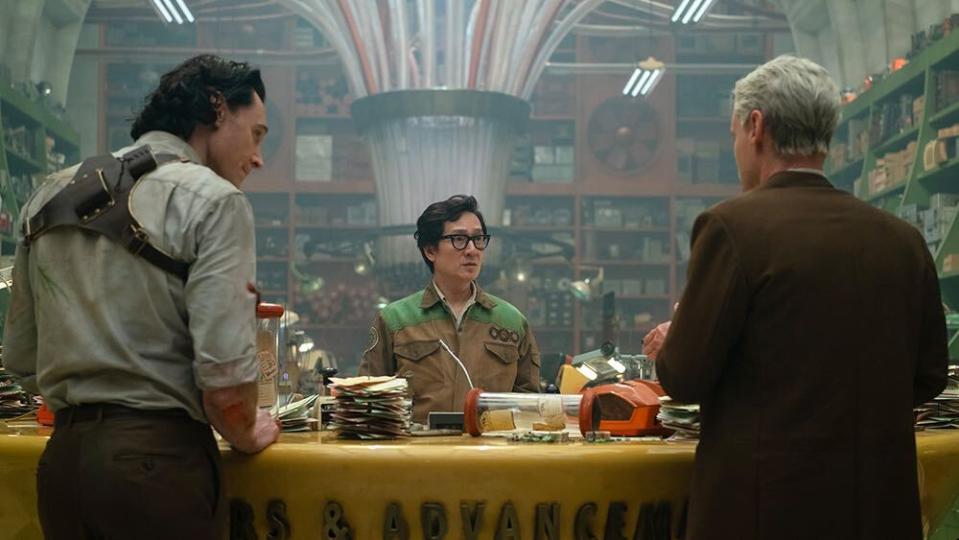
Craft Considerations
‘Loki’ Season 2 Was as Wild and Unpredictable as Its Title Character
Star Tom Hiddleston, showrunners Justin Benson and Aaron Moorhead, and production designer Kasra Farahani seized new opportunities to bring fresh depth to the series.
By Jim Hemphill
5 hours ago
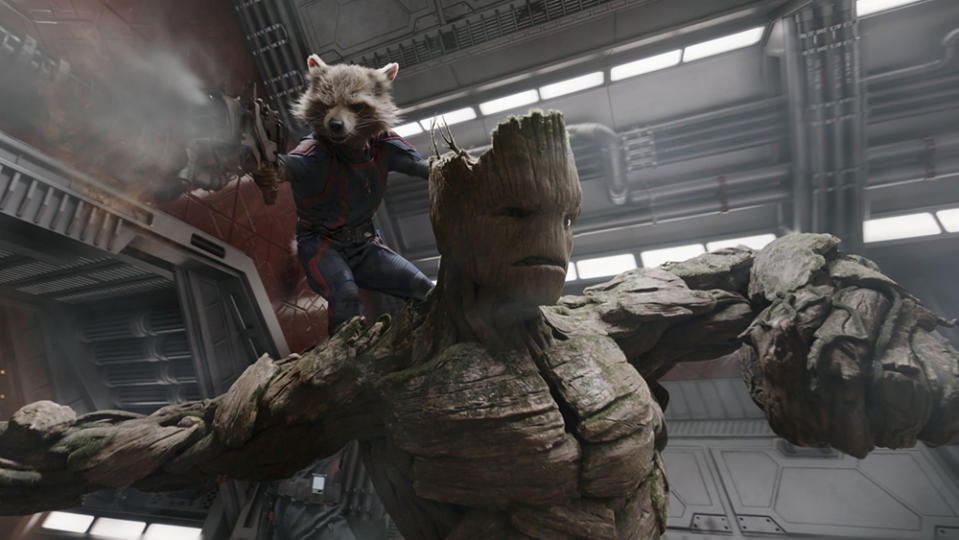
Craft Considerations
The Rocket Fuel of ‘Guardians of the Galaxy Vol. 3’ Visual Effects
The VFX Oscar nominee boasts expressive and detailed animation for Rocket and Groot, plus a two-minute, single-shot, climactic battle.
February 14, 2024 4:30 pm
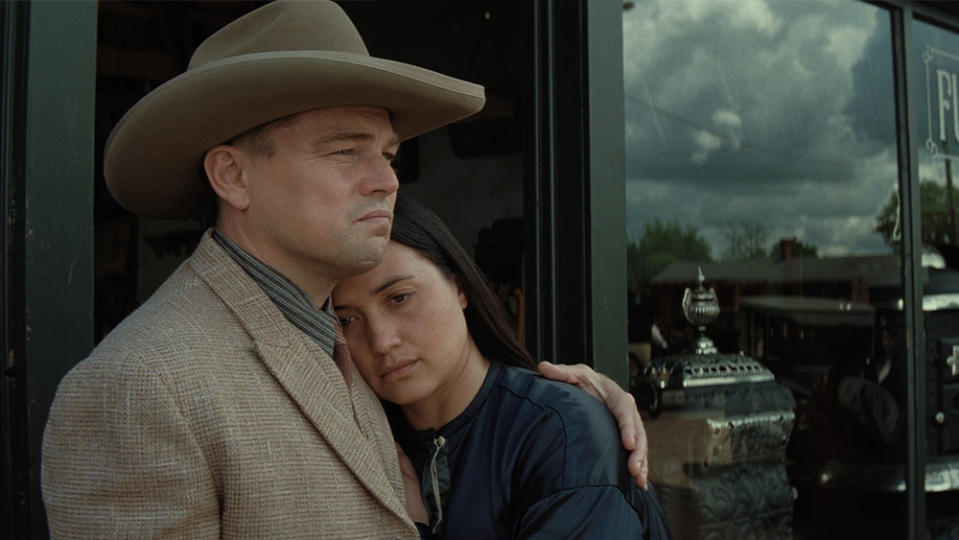
Craft Considerations
‘I Feel Such a Responsibility’: Inside Making of ‘Killers of the Flower Moon’
Watch costume designer Jacqueline West, cinematographer Rodrigo Prieto, and production designer Jack Fisk explore the visual language of “Killers of the Flower Moon.”
By Jim Hemphill
January 9, 2024 3:30 pm
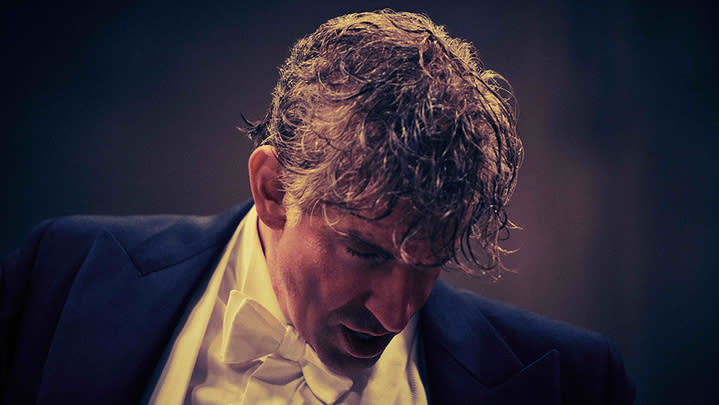
Craft Considerations
How ‘Maestro’ Hit the Notes of Leonard Bernstein’s Life
Watch cinematographer Matthew Libatique, costume designer Mark Bridges, and production designer Kevin Thompson break down the cinematic movements of “Maestro.”
December 27, 2023 12:00 pm
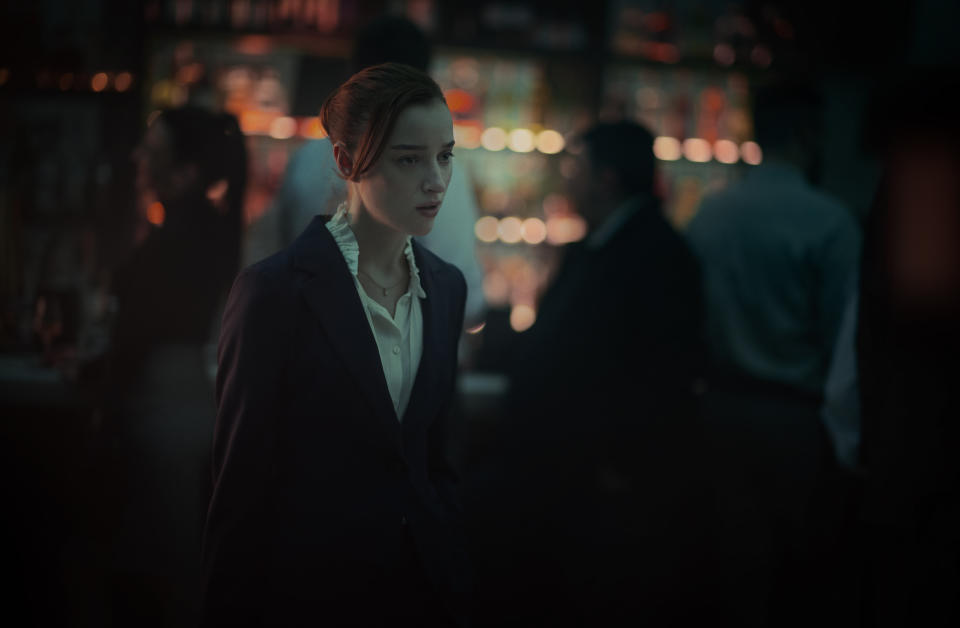
Craft Considerations
‘Risk Fuels Me’: Writer/Director Chloe Domont on Her Explosive ‘Fair Play’
The first-time filmmaker behind the Netflix thriller took some big swings — here’s how they paid off.
By Jim Hemphill
December 22, 2023 1:30 pm

Craft Considerations
‘Twisted Metal’ Recreated the Video Game’s Iconic Vehicles
Watch how production designer Victoria Paul and picture car coordinator Ty Guidroz crafted the deadly cars for the post-apocalyptic series.
By Daron James
November 27, 2023 2:30 pm
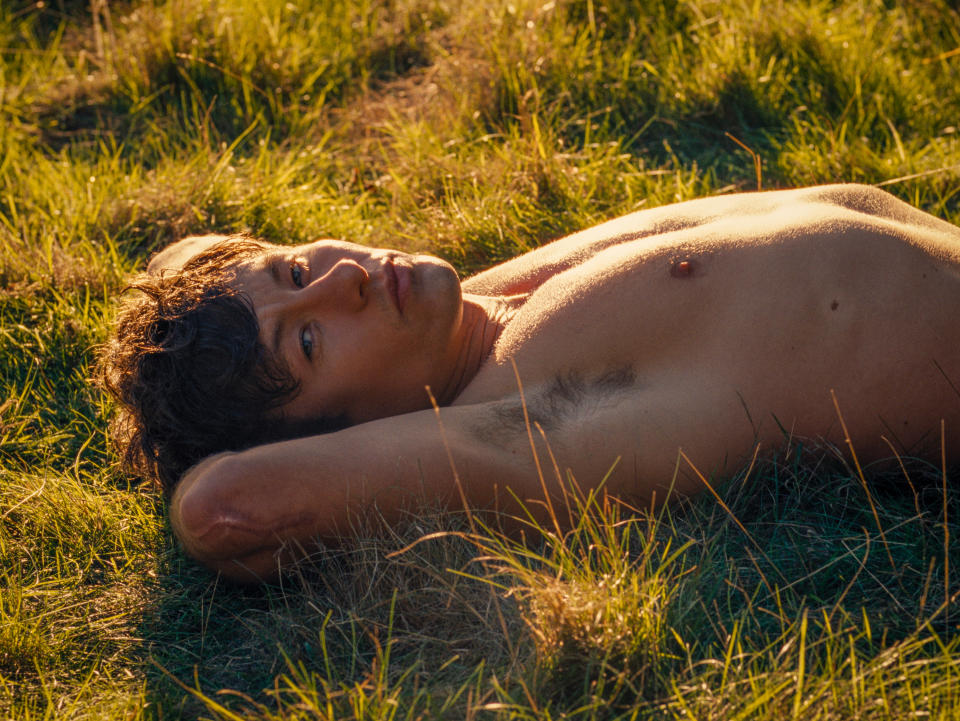
Armpit Hair & Wallpaper — the Pain & Glee of ‘Saltburn’ Is in Its Details
Watch how director Emerald Fennell, editor Victoria Boydell, and production designer Suzie Davies built the Gothic romance that millennials deserve.
November 20, 2023 2:00 pm

Craft Considerations
‘Daisy Jones and the Six’ Creates a ’70s Band — and Recreates the ’70s
Watch how the music, costume, and production design teams helped make it look like Daisy Jones and the Six were the best ’70s band you’ve never heard of.
November 13, 2023 2:00 pm

Craft Considerations
The ‘Deadliest Catch’ of All? Capturing Epic Footage on Dangerous Seas
The editor and cinematographer break down how they turn 25,000 hours of footage into a compelling, cohesive story.
By Chris O'Falt
August 18, 2023 3:00 pm
Best of IndieWire
The 13 Best Thrillers Streaming on Netflix in May, from 'Fair Play' to 'Emily the Criminal'
The Best Father and Son Films: 'The Tree of Life,' 'The Lion King,' and More
The 10 Best Teen Rebellion Films: 'Pump Up the Volume,' 'Heathers,' and More
Sign up for Indiewire's Newsletter. For the latest news, follow us on Facebook, Twitter, and Instagram.

